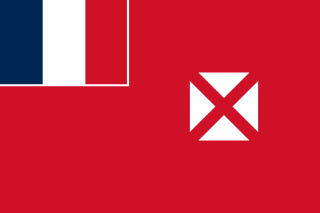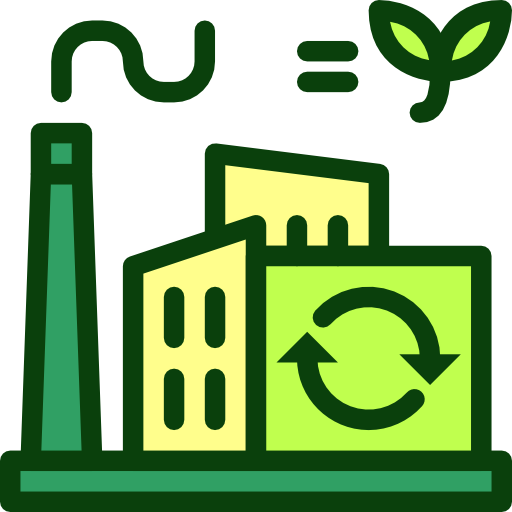Wallis and Futuna - Geography

Here, let us take a look at the Geography of Wallis and Futuna. Both island groups have fringing reefs; Wallis contains several prominent crater lakes. Mother's mean age at first birth is (), whereas, the Maternal mortality ratio is
Geographical data of Wallis and Futuna
| Location | Oceania, islands in the South Pacific Ocean, about two-thirds of the way from Hawaii to New Zealand |
|---|---|
| Geographic coordinates | 13 18 S, 176 12 W |
| Map references | Oceania |
| Tarrain | volcanic origin; low hills |
| Natural Resources | NEGL |
| Natural Hazards | cyclones; tsunamis |
| Irrigated Land | 0.6 sq km (2022) |
| Major rivers (by length in km) | |
| Major aquifers | |
| Land Boundaries | 0 km |
| Border Countries | |
| Coastline | 129 km |
| Climate | tropical; hot, rainy season (November to April); cool, dry season (May to October); rains 250-300 cm per year (80% humidity); average temperature 26.6 degrees Celsius |
| Area | |
| Total Area | |
| Land Area | 142 sq km |
| Water Area | 0 sq km |
| comparative Area | 1.5 times the size of Washington, D.C. |
| Maritime Claims | |
| Territorial sea | 12 nm |
| Exclusive economic zone | 200 nm |
| Elevations | |
| Highest point | Mont Singavi (on Futuna) 522 m |
| Lowest point | Pacific Ocean 0 m |
| Land Use | |
| Agricultural land | 42.3% (2023 est.) |
| Agricultural land: arable land | arable land: 7% (2023 est.) |
| Agricultural land: permanent crops | permanent crops: 35.2% (2023 est.) |
| Agricultural land: permanent pasture | permanent pasture: 0% (2022 est.) |
| Forest | 74.9% (2023 est.) |
| Other | 0% (2023 est.) |
Population Distribution
People and Society
In Wallis and Futuna, the different Ethnic groups are such that we have: Polynesian
| Population | |
|---|---|
| Pop growth rate | 0.22% (2024 est.) |
| Birth rate | 11.8 births/1,000 population (2024 est.) |
| Death rate | 6 deaths/1,000 population (2024 est.) |
| Health expenditure | |
| Physicians Density | |
| Hospital bed Density | |
| Total fertility rate | 1.71 children born/woman (2024 est.) |
| Gross reproduction rate | 0.83 (2024 est.) |
| Contraceptive prevalence rate | |
| Est married women (ages 15-49) | 56% (2023) |
| Literacy | |
| Education expenditures | |
| Net Migration rate | -3.6 migrant(s)/1,000 population (2024 est.) |
| Nationality | Wallisian, Futunan, or Wallis and Futuna Islander | Wallisian(s), Futunan(s), or Wallis and Futuna Islanders |
| Languages | Wallisian (indigenous Polynesian language) 58.9%, Futunian 30.1%, French (official) 10.8%, other 0.2% (2003 est.) |
| Religions | Roman Catholic 99%, other 1% |
| Age Structure | |
| 0-14 years | 19.8% (male 1,643/female 1,511) |
| 15-64 years | 67.5% (male 5,535/female 5,247) |
| 65 years and over | 12.7% (2024 est.) (male 1,023/female 1,005) |
| Dependency Ratios | |
| Total dependency ratio | 48.1 (2024 est.) |
| Youth dependency ratio | 29.3 (2024 est.) |
| Elderly dependency ratio | 18.8 (2024 est.) |
| Potential support ratio | 5.3 (2024 est.) |
| Median Age | |
| Total | 36.3 years (2024 est.) |
| Male | 35.5 years |
| Female | 37.3 years |
| Urbanization | |
| Urban population | 0% of total population (2023) |
| Rate of urbanization | 0% annual rate of change (2020-25 est.) |
| Major urban areas (Pop) | 1,000 MATA-UTU (capital) (2018). |
| Sex Ratio | |
| At birth | 1.05 male(s)/female |
| 0-14 years | 1.09 male(s)/female |
| 15-64 years | 1.05 male(s)/female |
| 65 years and over | 1.02 male(s)/female |
| Total population | 1.06 male(s)/female (2024 est.) |
| Infant Motality | |
| Total | 3.9 deaths/1,000 live births (2024 est.) |
| Male | 3.8 deaths/1,000 live births |
| Female | 3.9 deaths/1,000 live births |
| Life Expectancy at birth | |
| Total population | 81.1 years (2024 est.) |
| Male | 78.2 years |
| Female | 84.2 years |
| Drinking Water Sources | |
| Improved: rural | rural: 99.3% of population (2022 est.) |
| Improved: total | total: 99.3% of population (2022 est.) |
| Unimproved: urban | urban: NA |
| Unimproved: rural | rural: 0.7% of population (2022 est.) |
| Unimproved: total | total: 0.7% of population (2022 est.) |
| Sanitation facility acess | |
| Improved: rural | rural: 94.2% of population (2022 est.) |
| Improved: total | total: 94.2% of population (2022 est.) |
| Unimproved: rural | rural: 5.8% of population (2022 est.) |
| Unimproved: total | total: 5.8% of population (2022 est.) |
Demographic profile
All Important Facts about Wallis and Futuna
Want to know more about Wallis and Futuna? Check all different factbooks for Wallis and Futuna below.
-
 Wallis and Futuna Factbook
Wallis and Futuna Factbook
-
 The Economy of Wallis and Futuna
The Economy of Wallis and Futuna
-
 Learn about the Government of Wallis and Futuna
Learn about the Government of Wallis and Futuna
-
 Communication in Wallis and Futuna
Communication in Wallis and Futuna
-
 Popular Universities in Wallis and Futuna
Popular Universities in Wallis and Futuna
-
 Enerny in Wallis and Futuna
Enerny in Wallis and Futuna
-
 Transport in Wallis and Futuna
Transport in Wallis and Futuna
-
 The Geography and society of Wallis and Futuna
The Geography and society of Wallis and Futuna
-
 The Environment of Wallis and Futuna
The Environment of Wallis and Futuna
-
 Military and security in Wallis and Futuna
Military and security in Wallis and Futuna